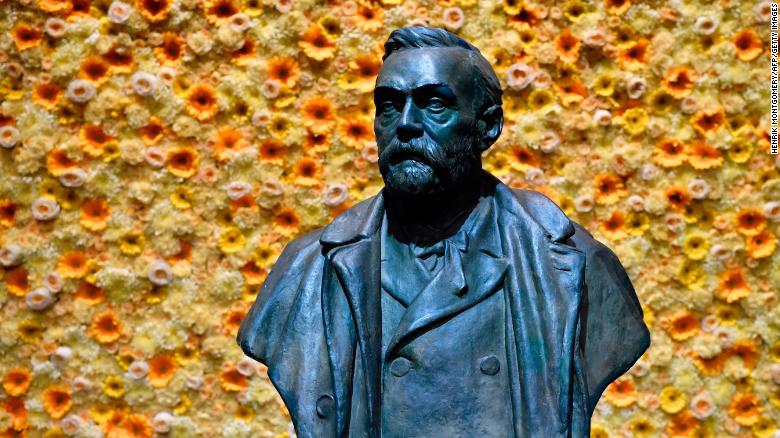Money
US scientists score Nobel Prize for groundbreaking chilli sensory discovery

Money
Stocks rally ahead of Thanksgiving as markets log four days of gains
Markets gain momentum ahead of Thanksgiving, with the Dow up 388 points and Oracle rising 4% amid investor optimism.
Money
Dow surges 500 points amid rate cut optimism
Dow jumps 569 points on fresh hopes for December rate cut and AI market optimism
Money
Gold prices surge as Central Banks buy big, but risks grow ahead
Gold prices surge as central banks increase demand; risks include a stronger dollar and rising interest rates.
-



 News1 day ago
News1 day agoBondi Beach terror attack: Hanukkah celebrations turned tragic
-



 Ticker Views1 day ago
Ticker Views1 day agoFrom the Goldberg’s to the Icebergs – Bondi is Australia, Australia is Bondi beach
-



 Shows4 days ago
Shows4 days agoReforms on underquoting address ongoing market frustrations
-



 News1 day ago
News1 day agoFather-son duo confirmed in Bondi anti-Semitic massacre
-



 News1 day ago
News1 day agoNetanyahu blames Albanese after Bondi attack
-



 News4 days ago
News4 days agoDisney invests $1B in OpenAI to generate Marvel, Star Wars, and Pixar videos
-



 Shows1 day ago
Shows1 day agoBusiness ties flourish between China and Australia
-



 News1 day ago
News1 day agoBondi Beach shooting: Chaos at Hanukkah Festival – What we know









